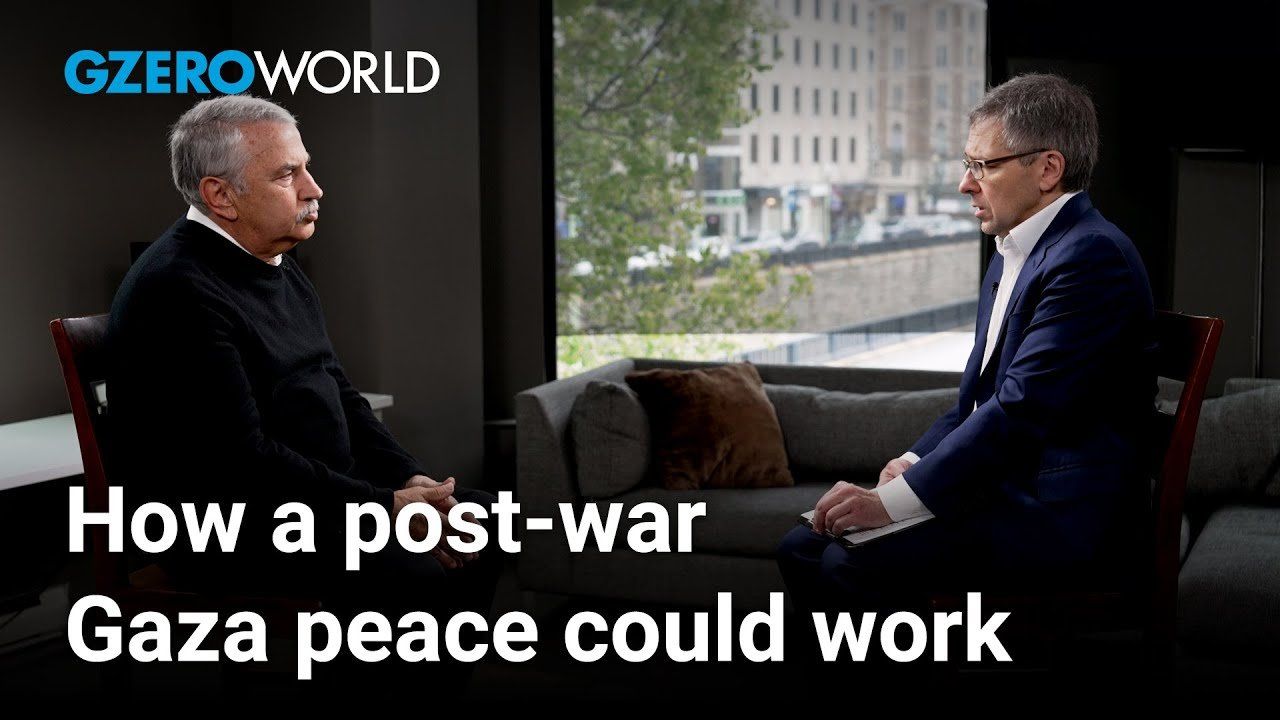GZERO World Clips
What would an Israel-Palestine solution look like?

What would an Israel-Palestine solution look like? | GZERO World with Ian Bremmer

Imagine if it were possible. What would a post-war Palestinian resolution to the Gaza conflict actually look like? Pulitzer Prize-winning New York Times columnist Thomas L Friedman games that out for Ian Bremmer on GZERO World.
Friedman breaks it down. "Two stages. First stage is the UAE, Egypt and Jordan agree to send troops to Gaza to provide security in a transition after Israel would pull back with American logistical help." Friedman also lays out what the Palestinians themselves would have to do to ensure an enduring peace. "And the thing that the Palestinians would do is I believe reconvene the PLO, the umbrella, the sole legitimate organization, which means the umbrella organization to legitimate to nominate a Palestinian government of technocrats." Friedman is realistic about the difficulty of such an approach but insists that only this combination of outside support and internal agency could work.A Democrat won Miami’s mayoral race for the first time in nearly 30 years. The Republican defeat will ring some alarms for the party – and their support among Latino voters.
Walmart’s $350 billion commitment to American manufacturing means two-thirds of the products we buy come straight from our backyard to yours. From New Jersey hot sauce to grills made in Tennessee, Walmart is stocking the shelves with products rooted in local communities. The impact? Over 750,000 American jobs - putting more people to work and keeping communities strong. Learn more here.